Mizuno JPX-850 Forged Irons Review
The JPX line from Mizuno has always been an offering featuring a focus on more forgiveness as well as distance for those that need it compared to the MP releases. In previous years the line has been broken into JPX and JPX-Pro, but with this release the Pro is replaced by the JPX-Forged. There has been much talk about these irons and the application of what Mizuno believes to be a true performance changer in Boron within the metal. THP was able to get the JPX-850 Forged in hand for testing recently to give them a complete rundown.

Design Details from Mizuno:
After 6 years of development – the introduction of BORON to Mizuno’s Grain Flow Forging process allows the JPX-850 Forged to overcome the distance limitations of traditional forged irons.
Mizuno’s new material is 30% stronger than traditional 1025E steel billets – allowing for a thinner face and extreme ball speeds. The result is an incredible iron that combines Grain Flow Forged precision and feel with shocking distance. A combination that was unachievable before BORON.
This new, thinner face is strategically reinforced by a Power Frame cavity which places weight to the extreme corners of the club head for maximum forgiveness along with increased distance. A clean, sleek design combined with these breakthrough technologies delivers an iron that looks and plays like nothing before.
Key Technology:
- Grain Flow Forged 1025 BORON: 30% stronger material for thinner face and longer distance while delivering soft, solid, consistent feel.
- Power Frame: Enables entire face to flex for increased ball speeds and distance.
- Ultra CNC Milled Pocket: Higher launch angle and increased ball speeds in 4 through 7 irons.
- Paired with new True Temper XP115 shaft
Specifications:
| CLUB # | 4 | 5 | 6 | 7 | 8 | 9 | PW | GW |
| LH | Yes | Yes | Yes | Yes | Yes | Yes | Yes | Yes |
| LOFT | 22 | 25 | 28 | 32 | 36 | 40 | 45 | 50 |
| LIE | 60.0 | 60.5 | 61.0 | 61.5 | 62.0 | 62.5 | 63.0 | 63.0 |
| OFFSET | .160″ | .150″ | .140″ | .130″ | .120″ | .110″ | .100″ | .090″ |
| BOUNCE | 1 | 2 | 2 | 3 | 4 | 5 | 6 | 7 |
| LENGTH | 38.25″ | 37.75″ | 37.25″ | 36.75″ | 36.25″ | 35.75″ | 35.50″ | 35.25″ |
Aesthetics:
The JPX line irons are certainly the “non-traditional” looking set within the Mizuno line, and always have been. However, with the new 850-Forged irons, that non-traditional look has never been more complete. The JPX’s have always had dampening badging within the cavity that is heavily based in colors that contrast the iron head itself (blue, black, etc). This year with the 850-Forged they have gone with a more silver/chrome look that accentuates the iron rather than differentiating it. It is a look that will work for many because they will look good and blend with any bag/setup.
The overall build and footprint of the JPX 850-Forged are definitely an evolution on what we used to see with the JPX Pro lines. The 850’s definitely lean more ‘game enhancement’ than ‘game improvement’ overall. Basically, the offset stays low throughout the set as do the topline and sole, leading to a blended look of both demand and give at address. No, they are not super lean ‘players’ iron looks, but they really should appeal to a solid margin aesthetically. It is a safe venture that those wanting a more compact look as well as seeking traits of forgiveness in their irons will feel quite comfortable standing over these. Finished with a high quality satin look, it isn’t outlandish to say that Mizuno has never put out a JPX iron this pleasing and clean.
Performance
Mizuno was kind enough to send in a 4-GW setup of the new JPX-850 Forged irons paired with the True Temper XP115 shafts for THP to spend time with.
- Sound/Feel
Clearly, one of the major selling points for Mizuno in the majority of their iron sets is their use of “Grain Flow Forging”, and with the 850-Forged that continues, but with the addition of Boron within the metal makeup. The goal of the Boron is to allow more strength to push the metal thinner than the company has before. This means more distance, but according to them it also means and even softer and more consistent feel.
At impact, the 850-Forged will certainly fall into anyone’s classification of the word “soft” when discussing the sound/feel. In fact, they are incredibly plush upon contact with a muted “thump” rather than the traditional quick higher pitched “click” in much of the MP line. The feel is going to appeal to a lot of people, and it falls right in line with what Mizuno is touting through the GFF and Boron infusion.
That said, during testing it was consistently found that the “feel” was similar all across the face which made miss differentiation more difficult than in previous models. The JPX line has always had some history for this with the dampening measures used, but the 850’s increase that. Now, you can still identify misses, but those who are extremely feedback driven may not get the amount they would like. Clearly this is a personal thing in the end and the only way to test if for the individual is to go hit them.
- Flight/Trajectory
The 850-Forged are a bit of a unique setup as it pertains to the flight and trajectory seen during testing. The set is not a progressive setup into the long irons like we are seeing with so many other irons in this class (blade length change, sole progression, significant offset progression, etc), but rather it maintains the same uniform build and offset principles throughout the set. Additionally, the big tech trait for the flight is the use of the CNC milled undercut pocket in the 4-7 irons. Combined with the new XP115 shafts, the 850’s really did surprise here.
The scoring irons kept a penetrating ball flight that was not in danger of ballooning but still garnered the height one wants to see when hitting into greens or going at pins. The most pleasant surprise though was in the pocket-milled long irons, as the launch seen off of the deck was very impressive considering the low offset and modest sole width of the build. Though it is obvious that a portion of this will come back to the swing at hand, the long irons were consistent in showing the height one wants into greens from those distances. Overall, the entire setup definitely classified itself as being a mid-high setup in its stock form.
It also bears mentioning that the 850’s showed ample workability for those seeking that in an iron. This is the area where the super dense/soft feel may throw off some who hang their hat on moving the golf ball in terms of feedback to the move put on the ball, but they showed no issues turning the ball over in either direction. Additionally, even with the mid-high launch, playing a knockdown was effective through the setup on the windy Oklahoma days. Quietly under the radar with these is the leading edge bevel which the set possesses. This aided the irons in a clean turf interaction through a variety of lies during testing. In all, they are very balanced in this performance area, just as one would hope to see.
- Distance/Forgiveness
Here is where there has been the most focus/press from Mizuno on this setup of irons. They put a lot of stock into the application of Boron in a golf club for the first time and what it allowed them to do from a metallurgy standpoint of pushing the boundaries of thickness where they had not taken the JPX line before. Frankly, they showed very good distance, better than any of the previous JPX releases this reviewer has spent time with.
In fact, it is not too bold to say that for the profile, the distance seen was very good as they don’t have the super wide sole, topline, or offset that so many associate with “long” irons in the distance category. Now, they are not the longest out there, but they fall in a margin that many golfers should respond well to. How much credence should the Boron get? Not being a metallurgist means the inability to speak in definite on the internal structure as it pertains to performance, but testing did show very good ball speeds across the face that were comparable for this reviewer to some of the longer GE/GI irons out there.
With that said, the forgiveness in the set even with the “Power Frame” that allows flexion with the intent of retaining ball speed was decent all around. Toe strikes and shots higher on the face were met with the best retention of speed, line, and distance. Shots closer to the heel fell off a bit, but that is expected given the location of the mass in the head and the surface area in that location on a club. The most penal miss on the irons were shots low on the face. They were met with the harshest feedback, the largest loss of speed, and the lowest flight. That is expected to an extent with every iron set out there, but the amount at which it was seen in these was surprising given the tendencies elsewhere on the face. It’s clearly going to come back to the individual and their specific miss, but overall there is definitely solid forgiveness given the size of the irons.
Final Thoughts
The JPX-850 Forged irons are a very well rounded iron offering from Mizuno, that much is certain. As with any iron set they have their strengths and weaknesses, but they deserve to be on the “try out” lists of many golfers this season. The Boron advertising and push may have been a bit out of sync for traditional Mizuno, but if these are any baseline indication, there is little doubt we will begin seeing them impart this into their other releases in future years.
The JPX-850 Forged irons are priced at $999.99 for the 8-club 4-GW set and more information can be found at www.MizunoUSA.com/golf.




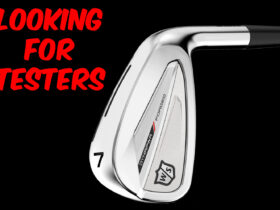

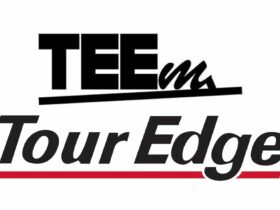



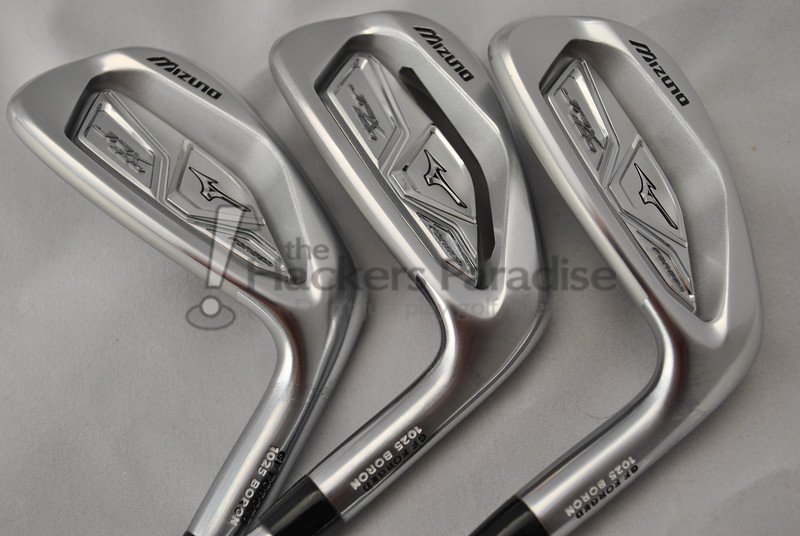
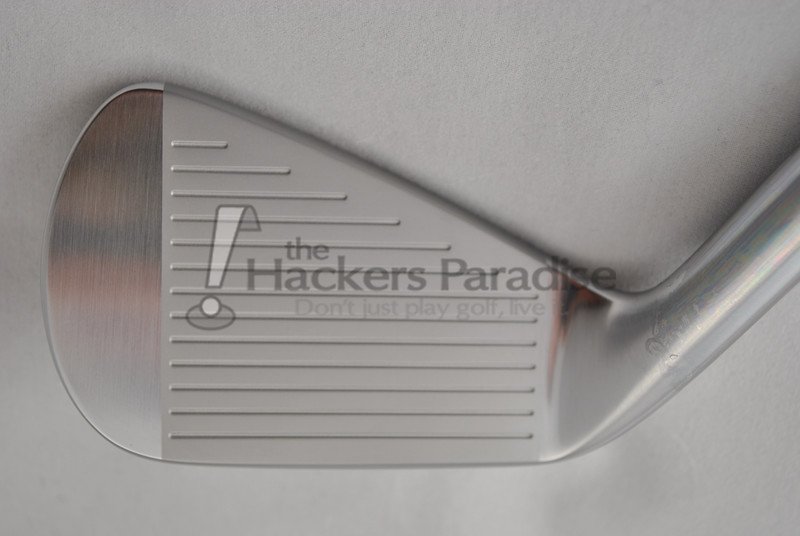


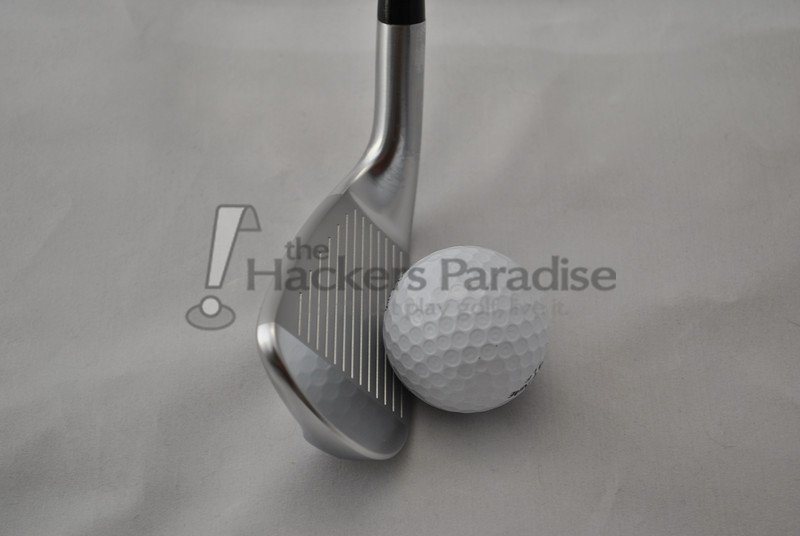
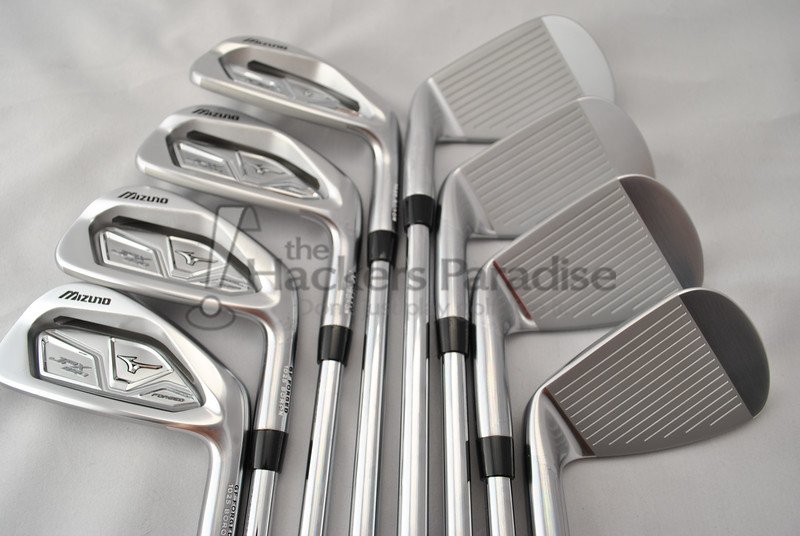
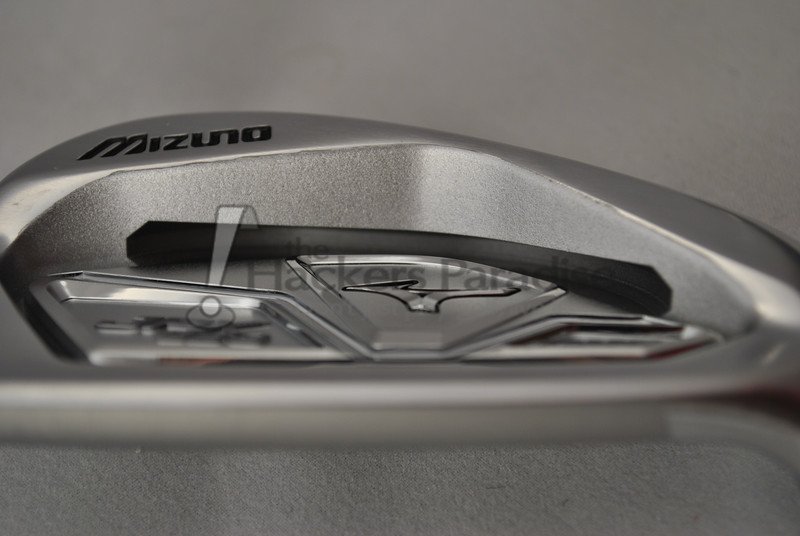






I really enjoyed this one James, nice job! First thing that jumped out at me was the cleanness of the cavity with the lack of colored badging that stood out from a really clean look.
Pretty neat to here more about the flex face that OEM’s are going after today.
I do like the little 1025 BORON stamp on the hosel but smart move by Mizzy of stepping away from BORON as a major marketing point.
These clubs are solid performers per the review and a nice evolution for Mizzy in this line.
Excellent review James and right on point. Ive have a set and put in a few rounds with great results. So far they seem to be serving my needs very well. Typical Mizuno JPX feel with a tad more distance. What really impressed me was the clean look of these sticks. The chrome/satin finish just appealed to me.
I really like that they stock with the satin/chrome finish instead of going with some other bold colors. The blue badging on their recent releases kinda turned me off to them.
Mizuno sure knows how to make a good looking club. I enjoyed this review. I doubt I could reasonably game these but love seeing all of the technology that went into these (as well as all the new releases from every company). Would like to at least hit these. Thanks James.
Great review Jman, these irons are simply stunning to look at as always is the case with Mizzie. I expected nothing but a great review on the performance as well.
This is a very thorough and fair review of the 850 Forged. I’ve only seen and played the 6-iron in this set, and even as a 16 handicapper, I got along with it well and was very comfortable with it. I think Minuzo has a winner here and I appreciate they’re available in LH now, as their predecessor iron in the JPX line was not. Thanks James, and thanks Mizuno.
Great review Jman! Seeing the feedback and thoughts that were put into this review in the forums was the main reason I pulled the trigger on these.
Awesome review James!
I just was fitted today so I’ve yet to get a round in. I started with Ping G30s, Titleist AP1 and AP2s, and the JPX850 forged. After whittling it down to the Mizunos and the AP2s (what I really had tunnel vision for going into buying clubs), I just got slightly better results with these Mizunos. The feel is fantastic and the distance was there. I was a couple yards longer nothing to write home about, but the launch was more penetrating with the 6 iron i was testing compared to the AP2s. I agree with the mishits and feedback, but I’ll take the forgiveness over the feedback as a 13 handicapper. I never thought of going with Mizuno but I’m so excited I did.
So i was in the market for new irons and never thought of hitting a mizuno irons to be honest. Though knowing they make some of the best out there i portrayed them as more tour irons than i thought i could play with in the forged. I have made huge strides with my game the last 4 yes and am now a 8 handicap. I played taylormade for my last 3 sets and though i was giving a chance to other lines, i was still leaning towards staying put with the mades. Boy i was wrong!!!! I tried the AP2 titlleist, ping i25, nike vapors, taylormade speed blade and sldrs. I ended up narrowing it down to the ping i25, speed blades and of course the jpx 850 forged. From there i left only to return and hit those 3 lines the next day. The mizunos were hands down the clubs for me!! Long, accurate, and the feel was awesome. The ping i25’s were the closest for me. But these gave me higher ball speeds and tighter groups. not to mention the custom fittiing process is by far the best out there. upgraded shafts to project x (free) custom grips ( free) and changing my lie to 2 flat. They should be here in the next week and though i am in canada with lots of snow still. I will get to hit them on the simulator and can’t wait!!!! IF YOU ARE IN THE MARKET AND ARE A MID / LOW HANDICAPPER HIT THESE CLUBS!!!!!!
I have just purchased these irons based on an indoor Shaft Optimizer DEMO session with the MIZUNO Representative and I’ve continued trial swings of the 6-iron equipped with the stock shaft XP115/S300 on the simulator and at an outdoor driving range.
I had to convince myself that the simulator results would come close to the “real world” outdoor results before committed to the equipment change. I was not disappointed because the outdoor results was far more better in terms of Carry Distances. The feel and sound from the club face will drive to fall in love instantly. I have abandoned my PING G25 for these JPX 850 Forged.
For the potential buyers of these irons, PLEASE upgrade the factory grips with after-market grips. I have installed Golf Pride MCC Plus 4 on my irons. There is a noticeable difference in performance in terms of feeling the face of the club. During my DEMO session, these JPX Forged was equipped with a Standard Golf Pride Grip similar to those seen on TV. Meanwhile, swinging the 6-iron with the MIZUNO stock-rubber grip created a different control which required an adjustment on my part before I could recreate my indoor swing results.
The standard black rubber grip that are installed on these irons do not do these irons justice. That’s the only “Thumb Down” that I have.
Great Review article James Miles!
Cheers!
Went yesterday to get fitted and hit several different make of irons. I hit Nike, Ping, Titleist, Taylor Made, and Callaway. Can’t believe I decided on the Mizuno JPX 850 Forged. I hit them cleaner, farther, and in a tighter group than any other club. Can’t wait to get them. I’m a 14 handicap and recently broke 80 not once but twice last weekend. After taking two 4 hour lessons 5 weeks ago I’m ready for the club upgrades and to get my handicap to single digits. Can’t wait to see how much the Mizuno’s will help.